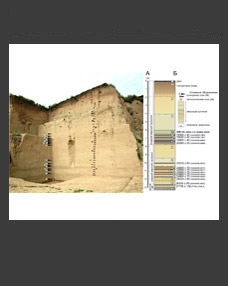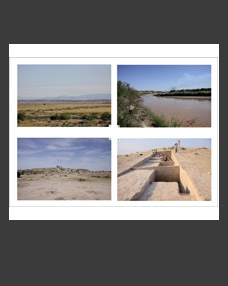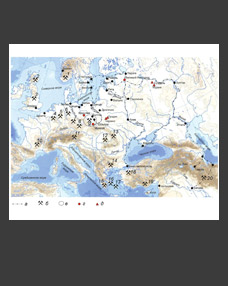Stephen W. Merkel1,*, Irina E. Zaitseva2,**, and Andrey V. Chugaev3,***
1Vrije Universiteit, Amsterdam, Netherlands
2Institute of Archaeology RAS, Moscow, Russia
3Institute of Geology of Ore Deposits, Petrography, Mineralogy and Geochemistry RAS, Moscow, Russia
*E-mail: swmerkel@hotmail.com
**E-mail: izaitseva@yandex.ru
***E-mail: vassachav@mail.ru
Keywords: North-Eastern Rus, non-ferrous metal objects, lead isotope analysis, trade and economic ties.
The article discusses the results of lead isotope analysis of 43 non-ferrous metal objects from the 11th– 13th centuries AD from rural sites of Suzdal Opolye and settlements in the Murom area. As a result of comparison of the obtained data with the available databases of lead isotope values of archaeological objects from various collections and ore samples, it was established that most of the copper-based alloy items were made of copper obtained in Westphalia and Saxony. Probably, it came to North-Eastern Rus via the Baltic. The lead of many low-melting ornaments comes from Polish deposits in the Krakow region. It seems that the use of the results of lead isotope analysis in metal objects is a promising direction in medieval metal studies opening up access to many previously unexplored aspects of medieval economic and cultural history.
DOI: 10.31857/S0869606324040068, EDN: KJBFMY







